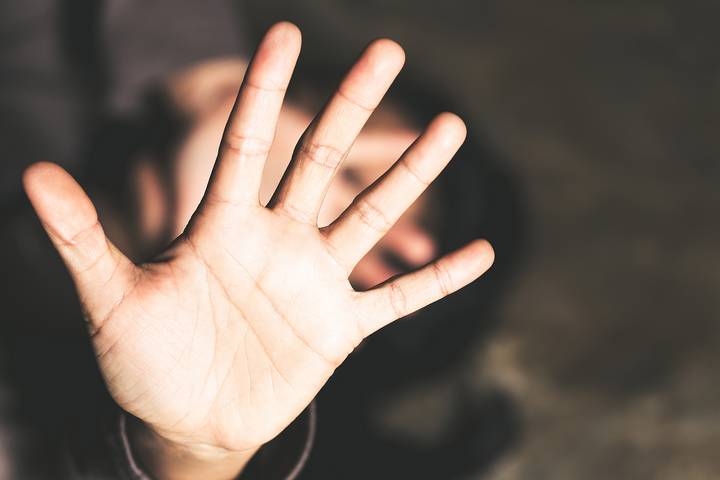School violence affects everyone, and one incident is one too many.
You can rely on video surveillance, implement school security solutions, and use weapon detection technology. Monitoring common areas, hiring security staff, and holding simulation drills can all be helpful ways to prevent and stop school violence. These strategies will keep schools safe.
However, recognizing the warning signs of school violence and knowing what to do when you notice some of them is also essential to prevent future incidents. Let’s look at warning signs that a student might eventually turn to school violence.
Common warning signs of school violence

The following signs are factors that a student has no control over:
- Being or having been a victim of bullying
- Being a victim of violence
- Having a history of aggressive or violent behaviour
- Having a history of conflicts with authority and discipline problems
- Having a history of cruelty to animals
Of course, recognizing a few warning signs of school violence in a student doesn’t necessarily mean that they will turn to violence. For example, just because a student is being bullied by their peers, feeling isolated, and having low self-esteem doesn’t necessarily mean they will commit a violent act.
However, because of these warning signs, they might be more likely to turn to violence than a student who isn’t being bullied, has a lot of friends, and has healthy self-esteem.
Physical warning signs
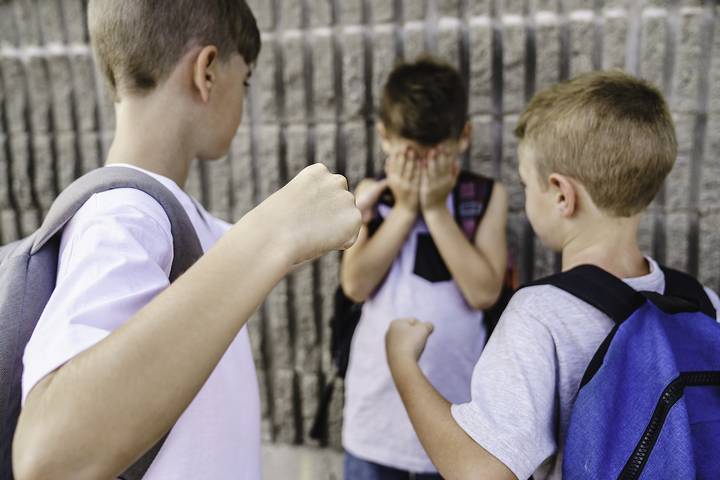
The following signs concern the behaviour of a student or the way they might be feeling and are often caused by some issues they are experiencing:
- Committing acts of vandalism
- Using drugs or alcohol
- Wanting to be accepted by a gang
- Losing interest in school performance
- Being fascinated by weapons and having access to them
Psychological warning signs
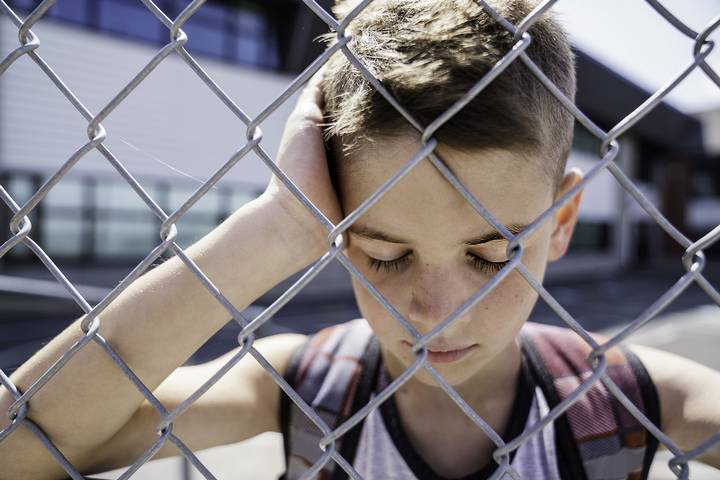
There are psychological warning signs that some troubled students may exhibit:
- Being rejected and disrespected by other students
- Being socially withdrawn
- Withdrawing from their friends and their usual activities
- Having trouble controlling anger and other feelings
- Having low self-esteem
- Feeling stressed out because of changing circumstances
- Feeling stressed out because of family issues
- Expressing violent ideas in writings or drawings
Underlying warning signs

It’s important to look for underlying warning signs and pay attention to the students displaying them and their unique circumstances.
- Having been a victim of childhood abuse or neglect
- Having a parent who condones the use of violence
- Having a major mental illness
- Having suicidal behaviours
- Lacking empathy for other people
Escalating warning signs
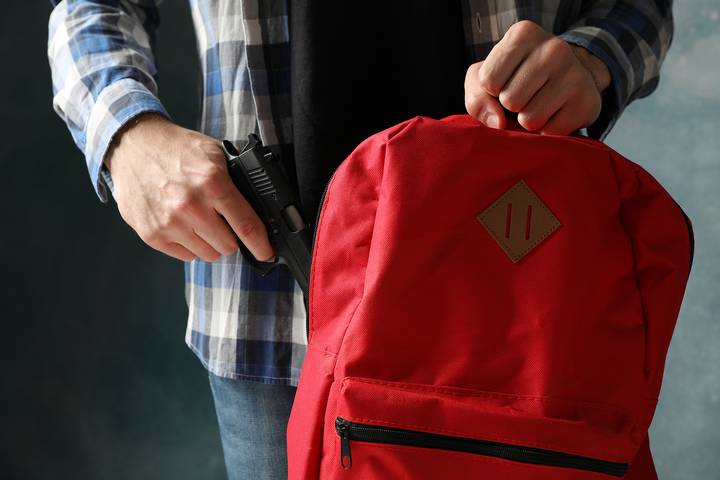
While a student might be able to recognize some of these signs in themselves, it’s mostly the responsibility of teachers, school employees, and fellow students to keep an eye out for these signs.
- Engaging in frequent physical fights
- Losing temper regularly
- Engaging in risky behaviours
- Increasingly using drugs or alcohol
- Being obsessed with violence or violent themes
Severe warning signs
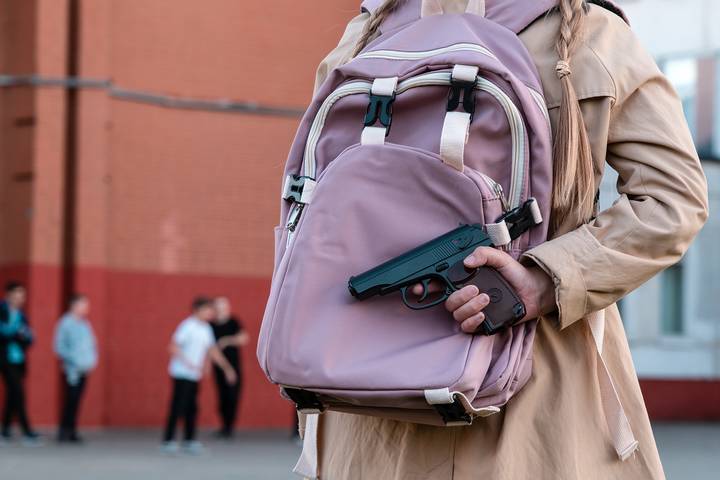
The following warning signs of school violence are especially alarming and have to be taken seriously:
- Carrying a weapon
- Planning to commit acts of violence
- Planning to hurt others
- Planning to harm themselves
- Threatening others
- Sharing their intention to commit an act of violence
Often, a student who turns to violence is a student who needs help, either because they are themselves a victim of violence or because they are unable to control their emotions and healthily express them. Getting them the help they need is a way to keep them safe while protecting the whole school.
What to do if you notice warning signs?

If, as a teacher or school employee, you recognize some of these warning signs of school violence in a student, you have to speak up before it’s too late.
Counselling
Talk to a school official or psychologist or contact the student’s family, depending on the situation.
If your school doesn’t yet have any resources or processes to handle students who show warning signs of violence, take measures to implement them. Telling someone about the signs you have noticed is important, but it will not solve anything if this person has no idea how to act and how to make a difference.
Anonymous reporting
It’s also a good idea to make it easier for students to speak up about warning signs of school violence they might have noticed. By implementing an anonymous reporting system, for example, you can make students feel safer about reporting something they might have heard or seen without fearing retaliation.
Education
Of course, educating all students about these signs will make it more likely that they will notice and take them seriously instead of ignoring them.
Keep in mind that helping students who show warning signs of school violence before they do something they will later regret is primordial. To keep schools and students safe, simply getting educated and speaking up about signs of potentially violent behaviour can be the first steps toward preventing and reducing school violence.


